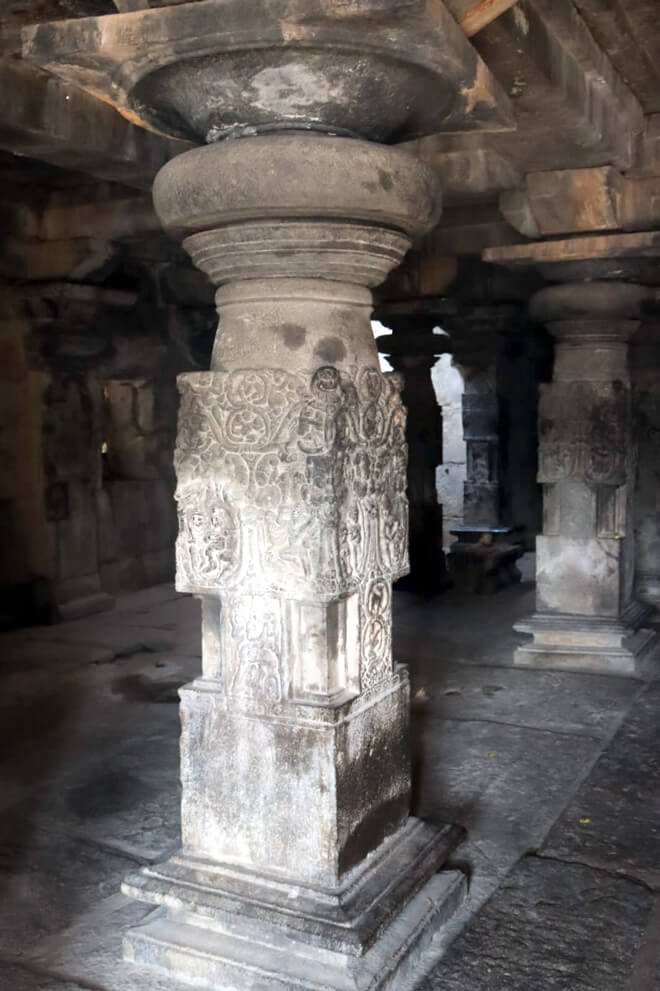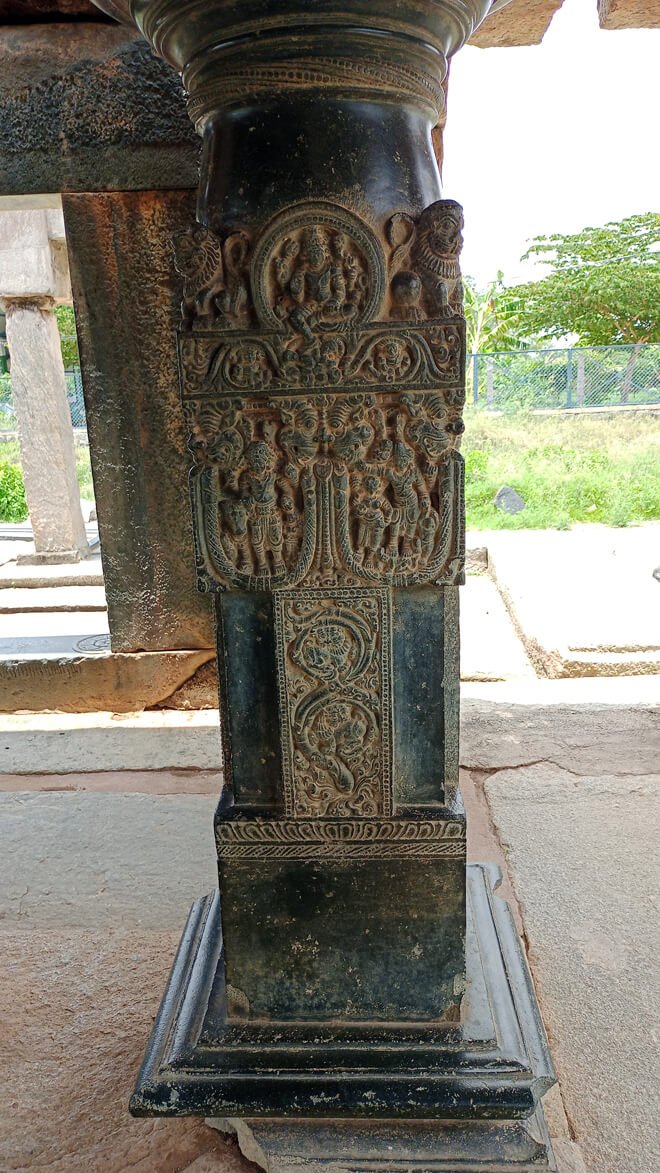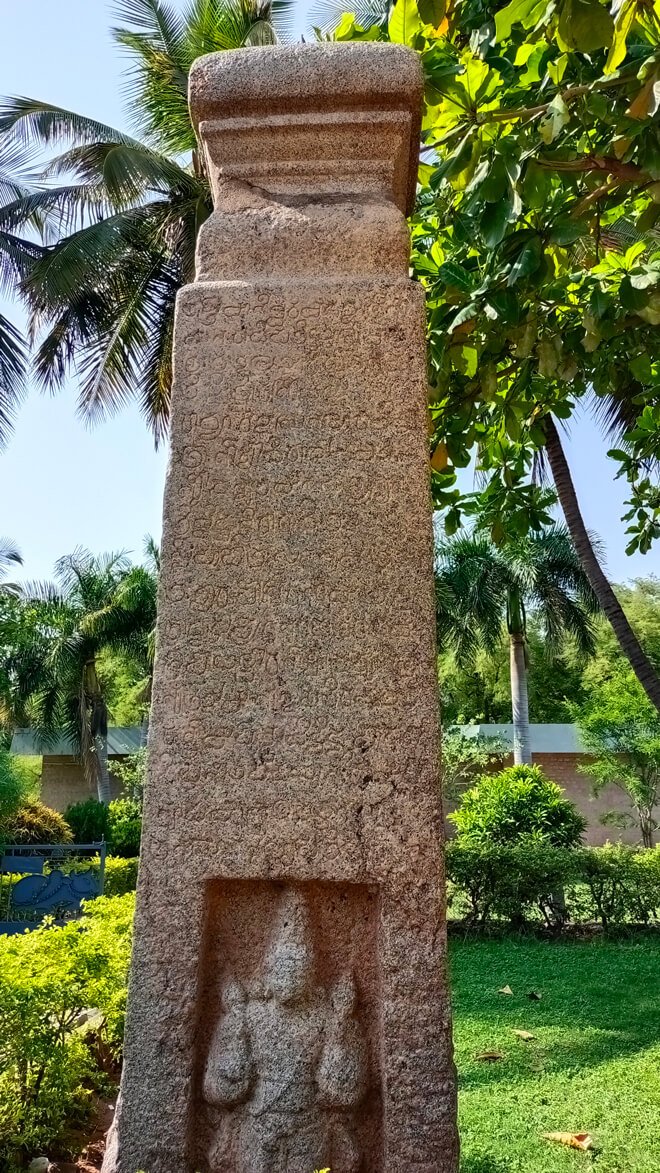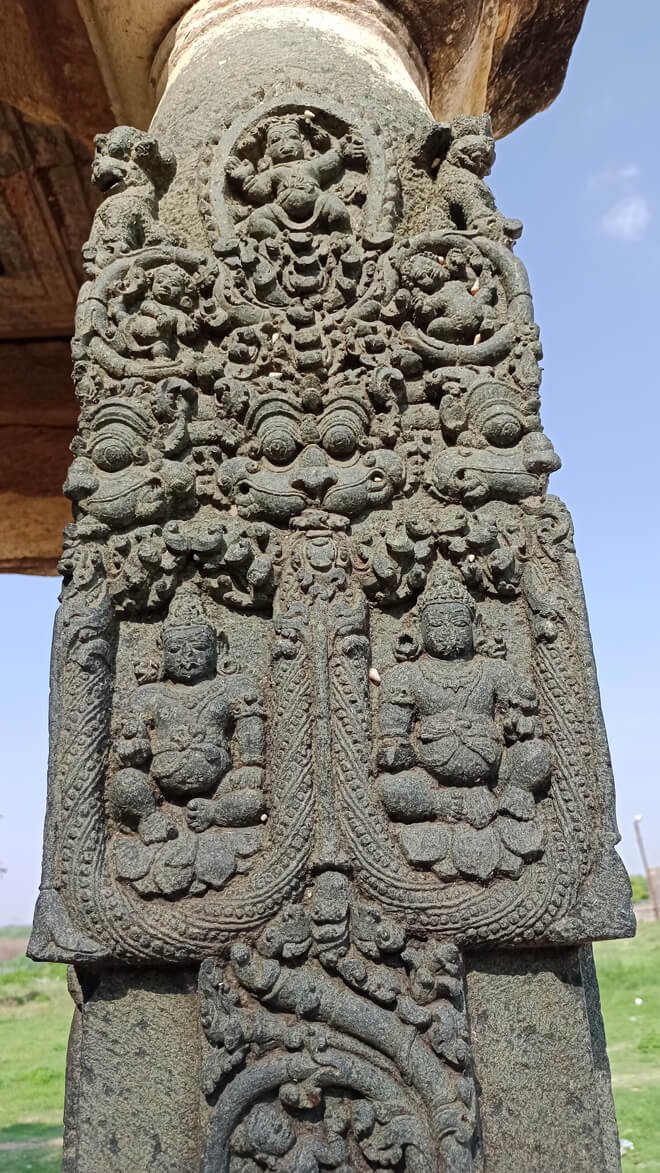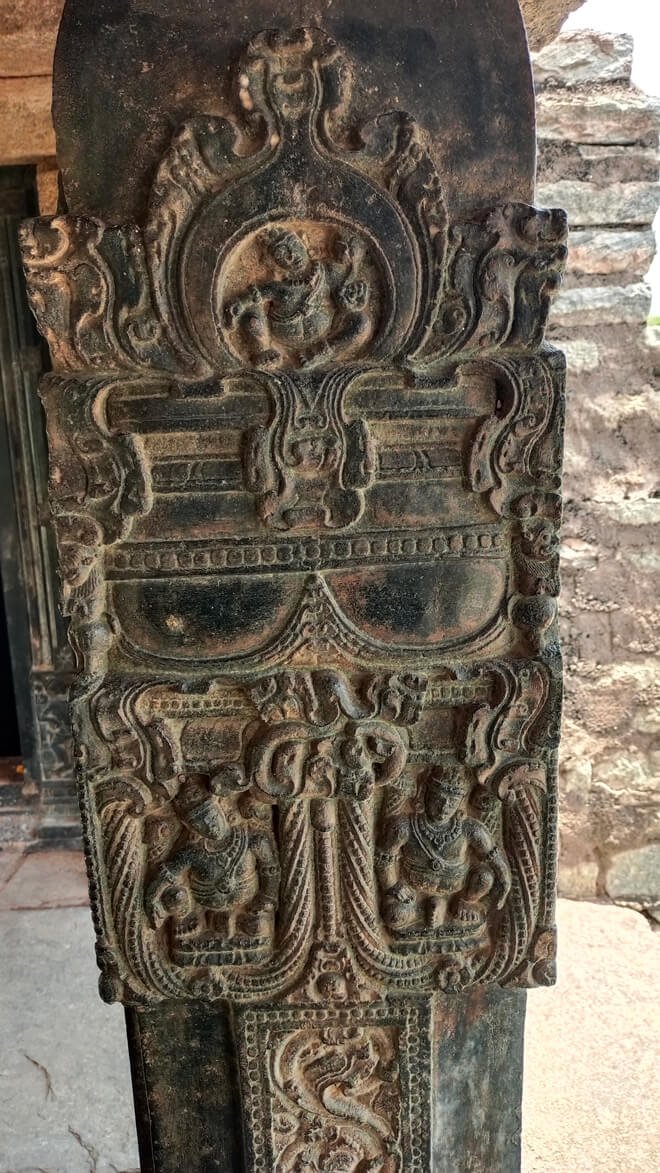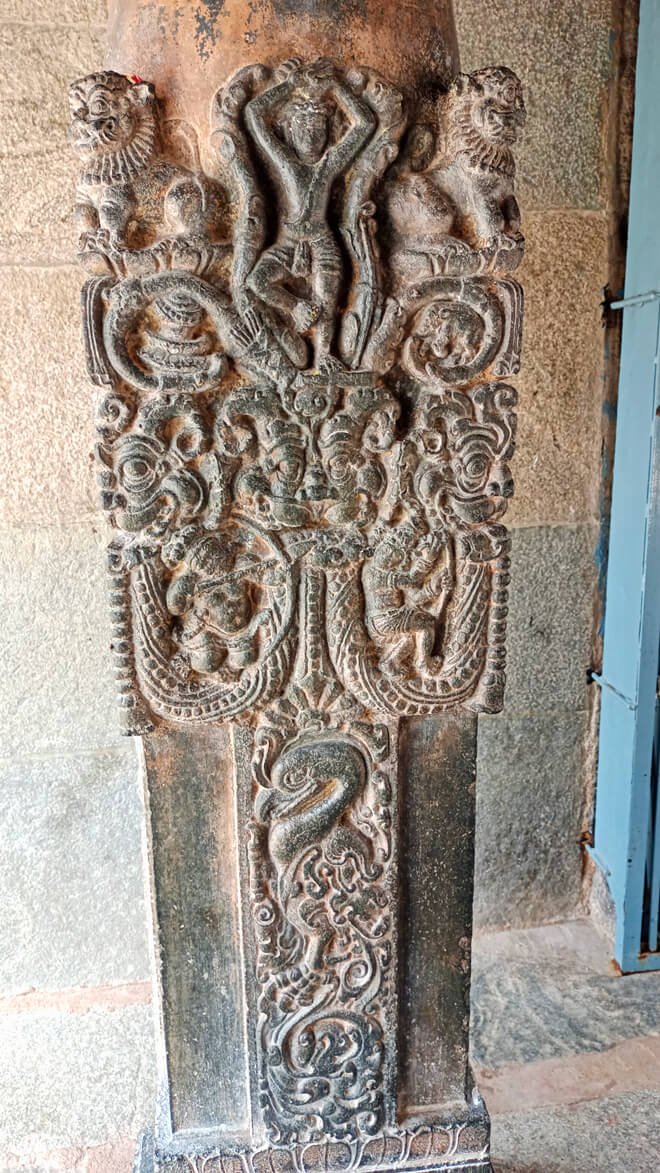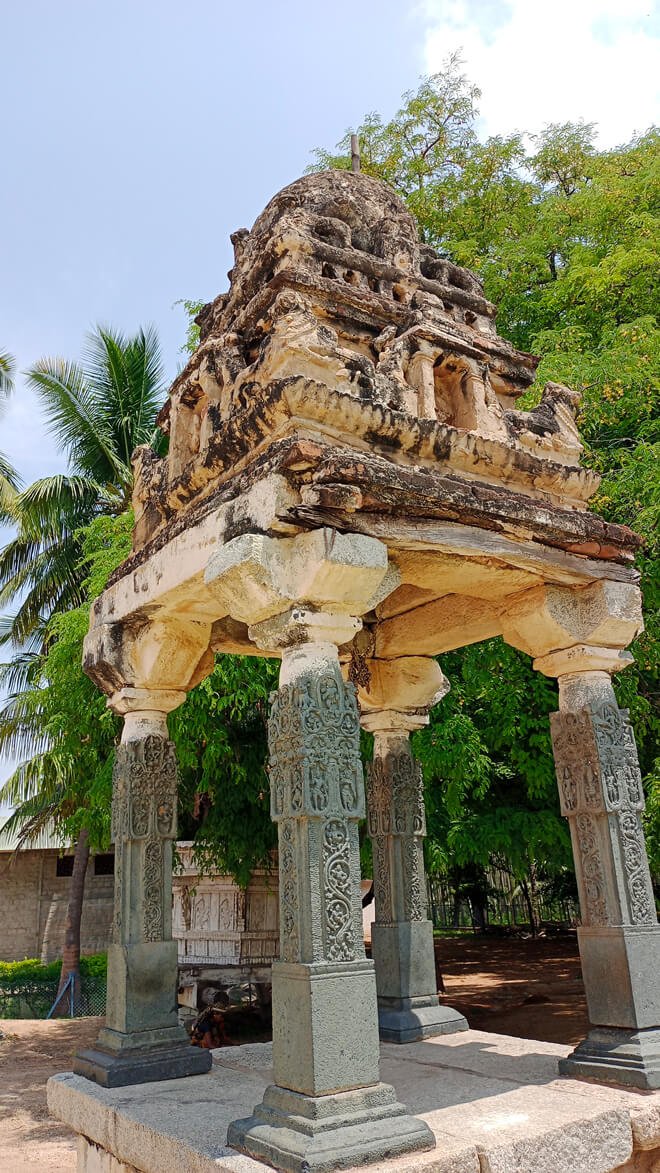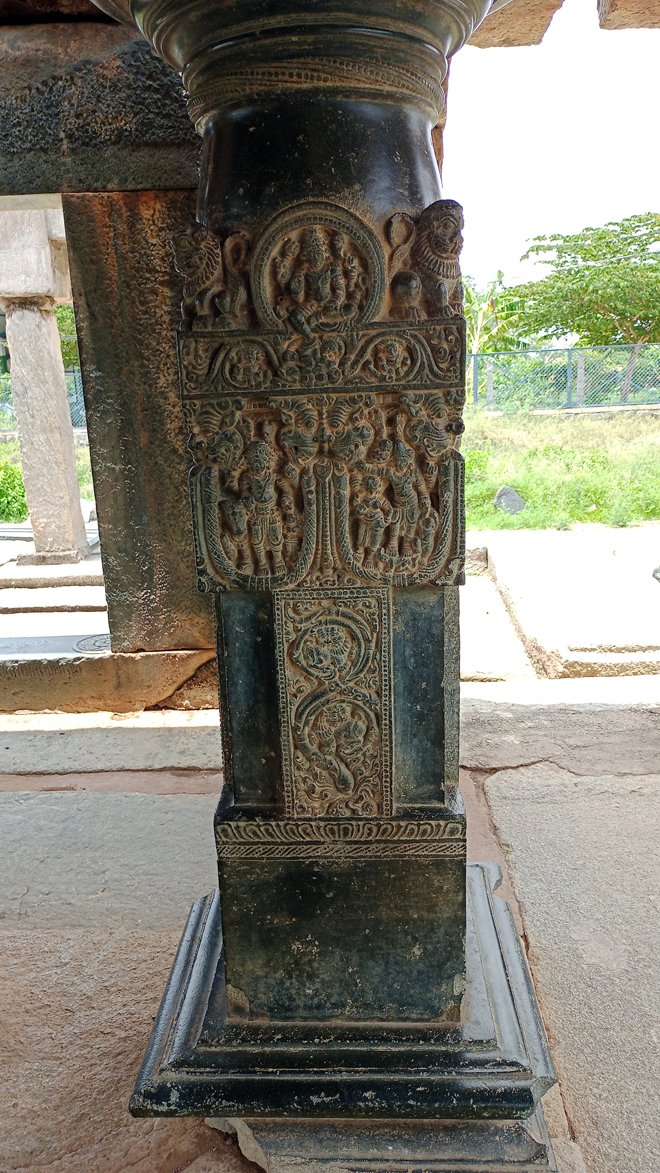

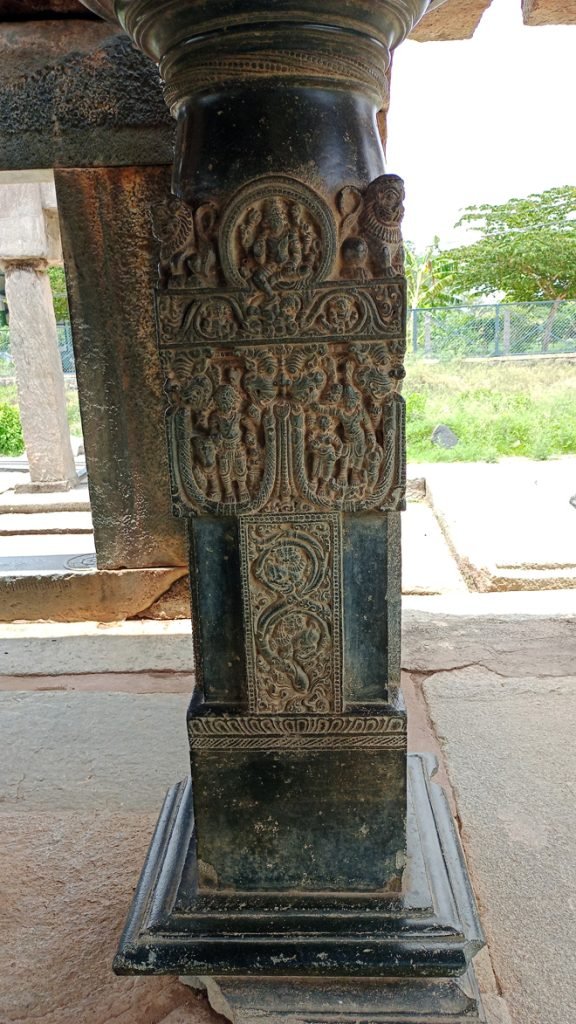
Sculpture masterpieces in Hemavati
The sculptural beauty of the time of the Nolambarajas was the first known form of sculpture in South India. Statues of all the stories found all over India are found here. The reason is that during the time of Managa Nalambaraja, there was a sculpture university in Hemavati that trained sculptors.
The temples built during the time of Nolambarajas are Hemavathi, Avani (Karnataka), Nandi (Karnataka), Dharmapuri (Tamil Nadu) and the famous temples are still standing today. The Lakshmanneswara temple in Avanim can be compared to the Doddeswara temple in Hemavati. The walls of the temple room are decorated with windows and gawkshams and the Nigras of Ashtadikpalakas are embedded in them. Bharateshwara, Anjaneswara and Satbhughneswara temples are located in the premises of Lakshmanjeshwara temple.
Nandi (Karnataka) is where Bhoganandiswara is, so the name Nandi has settled for that area. Arunachaleswara temple is also located in Nandi. Kamakshamma and Mallikarjuna temples can be found in Dharmapuri. Basavanna temple was built in Tadakaluru Shira taluk of Karnataka during their time. And it is believed that Bhairaveswara Swami, who is revered in the Siddappa temple at Vadikere (Hiriyur – Karnataka), who is considered to be the younger brother of Hemavati Siddeshvara, may have been moved from Hemavati and enshrined.
Another amazing rock formation in the southwest corner of the present Hemavati is the Panchalinga, a temple of sisters with two genders. Most of the amazing structures are harden like rubies in the soil with alluvial soil. These two temples are side by side with a deep corner facing east.
It is said that those who drink water in this Koneti will be cured of all diseases. It is known that these temples were built by Queen Akkadevi. Although hidden far away, the eyes are dazzled by Golbe’s sculptural beauty and the giant Shivalingas belong to the temples. It is known that for Panchalinga darshanbhagyam, devotees visit Shivalingas in 1) Doddeswara Temple, 2) Virupaksheswara Temple, 3) Malleswaraswamy Temple, 4) Akka 5) Chellella Temples in Hemavati.
Image of Nolamba Bhairava (Henjerappa) at Hemavati
The discourse on temple “art” can be approached from an alternative perspective, acknowledging that monuments are produced through complex processes involving various agents under dynamic conditions. A potentially fruitful method is the “functionalist” approach, which aims to elucidate the hows and whys behind a monument, rather than fixating on essences, origins, or influences.
“Functionalist art history does not focus solely on the evolution or basic interpretation of art. Rather, it examines what art has accomplished. In essence, it reveals why works of art take their particular forms, considering the intended purposes behind their creation.”

A person skeptical of an art historian’s ability to accurately reconstruct historical performance and context may question his ability to do so. The implication, however, is that adopting the unorthodox and challenging approach of functionalism brings “art” to life. In the next discussion, a particular sculpture known as “Hengerappa” of the Nolamba dynasty kingdom will be explored. Avoiding definitive conclusions regarding the film’s singular utility, the analysis instead illuminates potential contributing factors that shape its significance. The primary goal is to contextualize the Nolamba monuments in their unique environment, moving beyond viewing them as extensions of more dominant regional dynasties.
In the Siddeshvara temple at Hemavati, once the capital of Nolamba, there is a magnificent image of Bhairava, locally known as “Henjerappa”, which has been venerated through continuous or intermittent worship for a thousand years. Henjerappa inside the Siddeshwara garbhagriha (inner sanctum) stands as the main and only symbol of the temple. Encountering an anthropomorphic form of Lord Shiva in a sanctum sanctorum in this geographical region is an unusual occurrence. Since the twelfth century Veerashaiva movement, most Shiva images (murti) have been replaced by lingas. However, the temple is currently owned by Veerasaivas (Lingayats), who traditionally wear a small linga around their necks and worship the linga as an ideal form of Lord Shiva. Apparently, the long-standing reverence for Henjerappa saved the sculpture from being removed.
The film presents a challenge of function rather than style in the context of “Nolamba”—a creation deeply rooted in its local conditions. As discussed earlier, assigning a negative label to an image due to different stylistic influences distorts the sculpture and does not clearly interpret its appearance. The Bhairava Hemavati exhibits distinct stylistic features similar to other late ninth to early tenth century sculptures. Consider, for example, “Kali”, currently in the Madras Government Museum, which depicts motifs derived from Chalukya and Chola sculptures.

